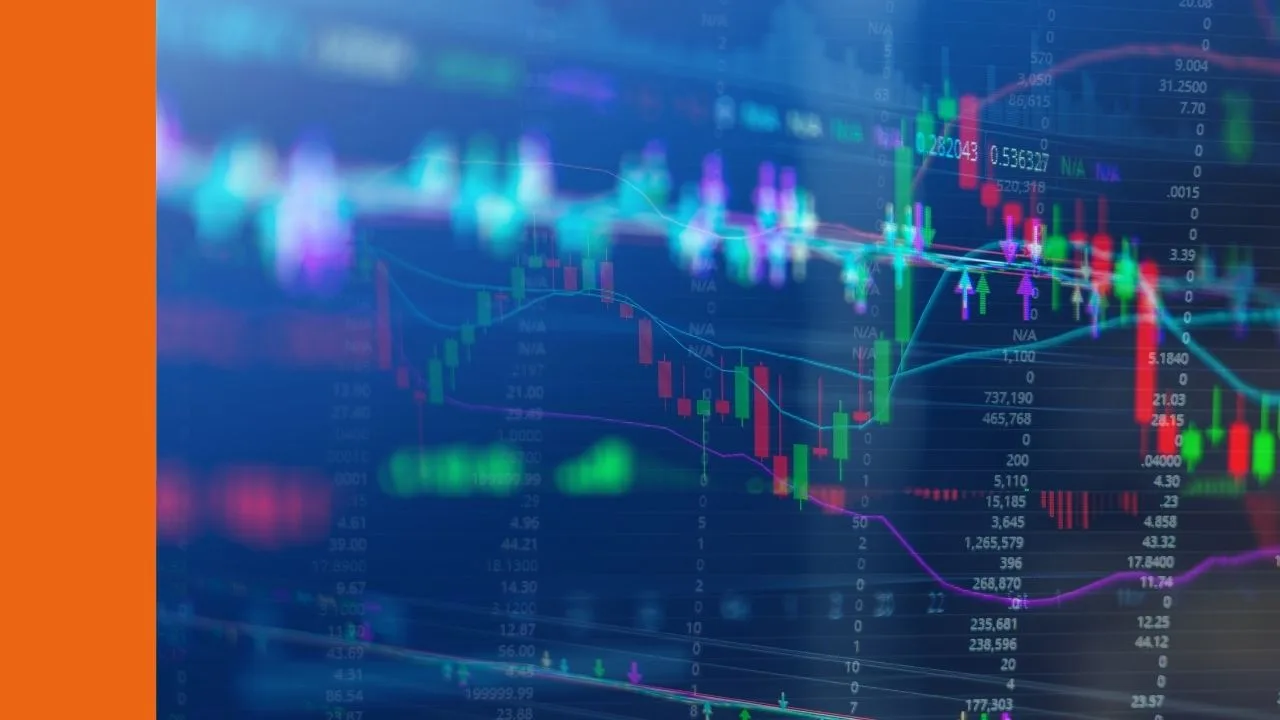Private equity (PE) as an asset class has boomed globally. Demand for ownership of businesses which are not listed on stock exchanges (making them ‘private’ companies) has been a boon for investors.
As the Australian Financial Review (AFR) reported last week, at the end of 2017, the global PE industry was, “sitting on a record level of dry powder of $US633 billion.” This was a direct result of fundraising activity of global PE firms. Data from industry tracker Preqin showed that global PE firms raised a huge $US453 billion in 2017.
But in the face of the demand for these investments, Daniel Rasmussen of Verdad Advisers has a sceptical opinion on the state of the current PE environment.
Australian PE environment may not be represented by their global counterparts
The global bug has slowly caught on in Australia. The Australian Private Equity and Venture Capital Association (AVCAL) found that in FY17, fundraising in PE was stable at $2.03bn compared to $2.17bn in FY16. So far, FY18 looks to be a larger fundraising year with the latest $2.3bn close of BGH Capital’s fund.
Mr Rasmussen’s research was based mostly on North American PE transactions and there are distinct differences to the Australian environment. In Australia, Pacific Equity Partners managing director told the AFR that:
“private equity only accounted for about 16 per cent of mergers and acquisitions in Australia compared to levels of about 30 per cent in the US, Europe and Asia.”
Furthermore, the proportion of capital allocated to the domestic private asset class is still relatively small. Deloitte Access Economics found that in the past, the average Australian super fund allocated less than 1% of their capital in the PE asset class. This is compared to UK and US funds who have allocated as much as 50% in PE asset class.
In FY17, AVCAL noted Australian super funds contributed “$676m, or more than half, of the capital raised in Australia.” Compared to the $2.5 trillion of Australian superannuation assets, according to ASFA’s numbers from September 2017, the low level of allocation to PE checks out.
Nevertheless, with $US633 billion of capital waiting to be invested and current PE assets exceeding $US2 trillion, the potential long-term impact on global valuations is real. Even if this doesn’t affect Australia directly, the probability that it will impact our markets indirectly is quite high.
So what is all the fuss about private equity? Why is it in vogue right now? And, will it end well?
Mr Rasmussen wrote in the American Affairs Journal that cheap debt and enthusiastic investors are fueling a “private equity gold rush”.
“As with the mortgage-backed securities bubble, experts are the promoters and pioneers of an “asset class” that they claim will offer high returns with low risk, guided by the sage wisdom of elite managers,” Rasmussen wrote.
The cause of this, he opines, are, “First, the experts believe that PE firms make money by improving the companies they buy. Second, the experts believe that PE is less volatile and less risky than public equity. Third, the experts believe that PE will significantly outperform every other investment. There is near complete consensus on these three points among academics, investors, and PE firms.”
Mr Rasmussen goes on to question each one of those assumptions in this current environment.
On firms making operational improvements:
“The PE industry has created an effective and pervasive marketing myth: that they are superior to individual companies’ management, operating more efficiently and earning greater returns,” he said.
But, does it make sense that these highly-paid investors are materially better managers than the current CEOs and executives? Mr Rasmussen thinks not. “As we have seen, this is largely fiction. The real reason PE firms want control of the companies they buy is not because of superior strategic insight but because they want to significantly increase debt levels. And while debt magnifies positive returns and enhances the returns of good decision-making, it can also cut the other way, exacerbating negative returns and punishing bad decisions.”
Mr Rasmussen acknowledges that industry data speaks to the average PE deals and PE firms. The top PE firms such as Vista Equity Partners and 3G Capital possess real skill in gaining operational improvements and have shown this through their investment record.
On the volatility of PE assets:
George Washington University professor Kyle Welch wrote that in a study of PE accounting, Private Equity’s Diversification Illusion, portfolio managers, “have incentives to obfuscate systematic risk and to choose investments that appear low-risk.” If public markets take a dive, portfolio managers with large PE holdings might not have to book large losses like an investor who owns shares or property.
Mr Rasmussen says, “Welch shows that if PE firms adopted fair value accounting standards, then the reported volatility of private equity would double…”
Mr Rasmussen says not seeing the dips and dives in an investment’s valuation could encourage complacency by investors and, “allow valuations and leverage levels to climb and climb because the consequences of those decisions have not yet been felt.”
“A lack of short-term accountability just means a delayed reckoning, with all the chips coming due down the road. And there are warning signs that all might not end up so well,” he said.
On PE offering the best returns:
Long-term returns from PE have been good, says Mr Rasmussen.
“But past performance is a far worse predictor of future returns than prices. And as money has flooded into private equity, the prices paid for PE assets have gone up and up. In 2007, the average purchase price for a PE deal was 8.9x ebitda. Deal prices reached 8.9x again in 2013 and are now nearing 11x ebitda.”
This increasing multiple is critical in PE because it reflects the price a PE investor must pay to make a new investment.
Mr Rasmussen wrote that, “Private equity is price sensitive because of the use of debt. Higher prices require more debt, leading to higher interest costs and higher risk of bankruptcy.”
Lastly, he quoted Joe Baratta, Blackstone’s global head of private equity, who said “this is the most difficult period we’ve ever experienced. . . . You have historically high multiples of cash flows, low yields. I’ve never seen it in my career. It’s the most treacherous moment.”
Takeaways
Mr Rasmussen has put together a convincing argument against the current boom in PE assets. It must be said that his analysis is based on forecasts. And the future market environment can change and provide a tailwind for the PE firms. However, this just shows the difficulty in successful long-term investing.
As Charlie Munger said: “It’s not supposed to be easy. Anyone who finds it easy is stupid.”
Join Rask’s Investor Club Newsletter Today
You can join Rask’s FREE investor’s club newsletter today for all of the latest news and education on investing. Join today – it doesn’t cost a thing. BUT, you’ll need a good sense of humour and a willingness to learn.
Keep Reading
Disclaimer: This article contains general information only. It is no substitute for licensed financial advice and should not be relied upon. By using our website you agree to our Disclaimer & Terms of Use and Privacy Policy.





